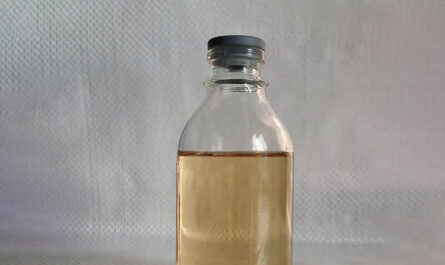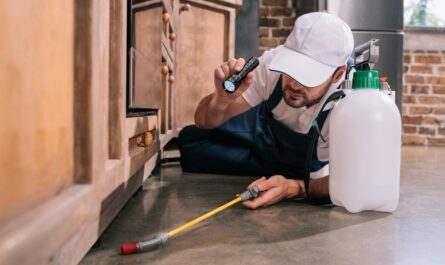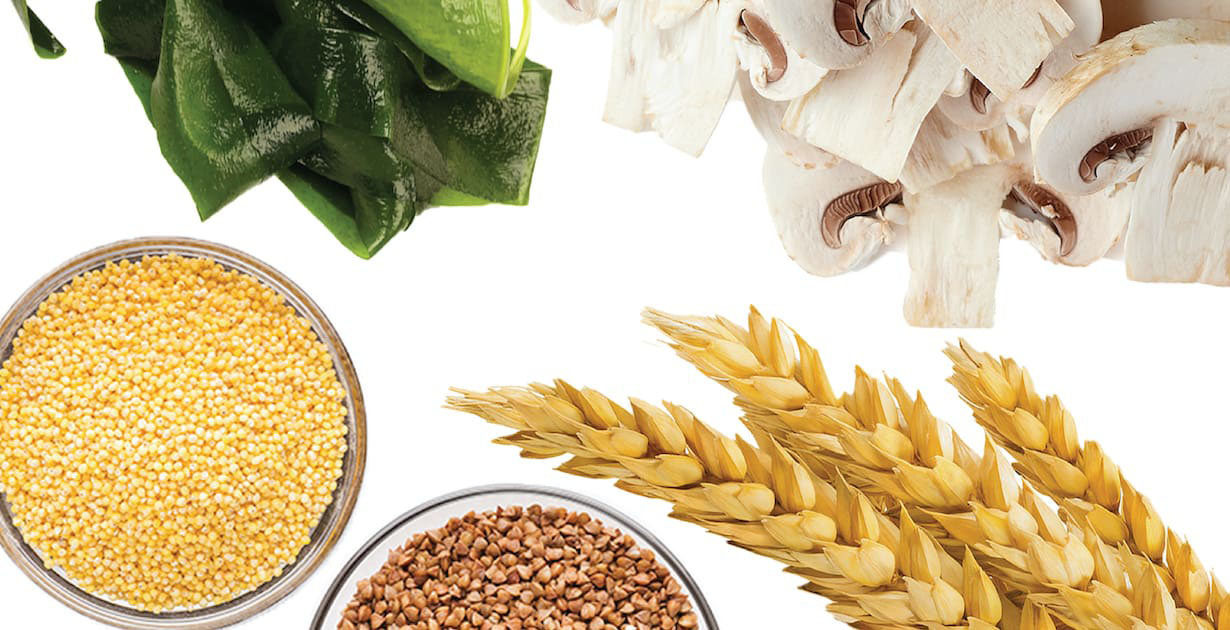Introduction
Polyvinyl chloride, commonly referred to as PVC, is one of the most widely used plastics globally. It stands out for its versatility, durability, and cost-effectiveness. PVC can be found in everything from pipes and siding to flooring, medical devices, toys, and more. Let’s take a closer look at what PVC is, its properties, applications, production process, and environmental impact.
Chemical Structure and Properties
PVC is a thermoplastic which is created by combining polyvinyl chloride resin with various plasticizers, stabilizers, fillers, and other additives. The backbone of PVC is a carbon-chlorine chain, giving it distinguishing properties from other plastics. Some key properties of PVC that have made it invaluable in a range of industries include its flexibility, flame retardancy, abrasion resistance, and durability even in cold temperatures. Its lightweight yet rigid nature also make it a suitable material for profiles and pipes that need to be strong but not heavy.
Production and Applications
The production of PVC begins with pumping vinyl chloride monomer into polymerization reactors where it is converted into polyvinyl chloride. The PVC resin is then compounded through an extruder with additives to achieve the desired properties for different applications. Some major applications of PVC include pipe systems, siding, flooring, wire and cable insulation, medical devices, blood bags, toys, furniture, and more. Approximately 40% of global PVC demand is for pipe systems thanks to its corrosion resistance and affordability. Other leading uses include windows and doors, wire and cable sheathing, flooring, and clothing.
PVC in the Construction Industry
Given its durability, versatility and affordability, PVC has found widespread applications in the construction industry for both residential and commercial purposes. Some common uses of PVC in construction include piping for plumbing, electrical conduit, siding or cladding, flooring, windows and doors. PVC pipe systems are a popular choice for plumbing applications due to their resistance to rust and corrosion, light weight, joined seamlessly through welding, and long service life. PVC siding is a low maintenance and affordable cladding option that is durable and doesn’t rot like wood.
Environment and Sustainability Issues
While PVC possesses beneficial properties, its production and disposal also pose some environmental and health concerns. Primary among these is the use of chlorine in its manufacturing, which produces dioxins as a by-product which are highly toxic. There are also concerns about Vinyl Chloride Monomer being a potential human carcinogen. However, improved production processes have minimized dioxin emission levels significantly over time. The non-biodegradable nature of PVC poses waste disposal challenges as well. Overall, while PVC fills an important role, ongoing research into more sustainable alternatives and closed-loop recycling processes will be important to reduce its environmental impact long-term.
Future Outlook and Alternatives
Global demand for PVC is expected to increase in the coming years driven by the construction, packaging and automotive industries in developing nations. However, concerns around health hazards and sustainability will also propel research into “greener” alternatives to PVC. Some potential substitutes being explored include bio-based plastics like polylactic acid (PLA) and polyhydroxyalkanoates (PHA), which are derived from renewable resources like corn or sugar cane and can biodegrade as well. Another alternative gaining ground is chlorinated polyethylene (CPE), which forgoes chlorine in production and poses lower health risks. Nonetheless, PVC’s economics and versatility ensure it will continue playing a leading role as a plastic material well into the future.
Conclusion
In summary, PVC has established itself as one of the most widely used plastic materials worldwide due to its versatility across applications, durability, cost-effectiveness, and performance properties. While issues exist around its production process and waste disposal, innovations aim to make PVC more sustainable long-term. Its myriad uses in construction, infrastructure and industrial goods ensure PVC will remain an essential plastic for the foreseeable future. Going forward, balancing advantages with environmental considerations will be key to the ongoing successful and responsible utilization of this important material.
*Note:
1.Source: Coherent Market Insights, Public sources, Desk research
2.We have leveraged AI tools to mine information and compile it




